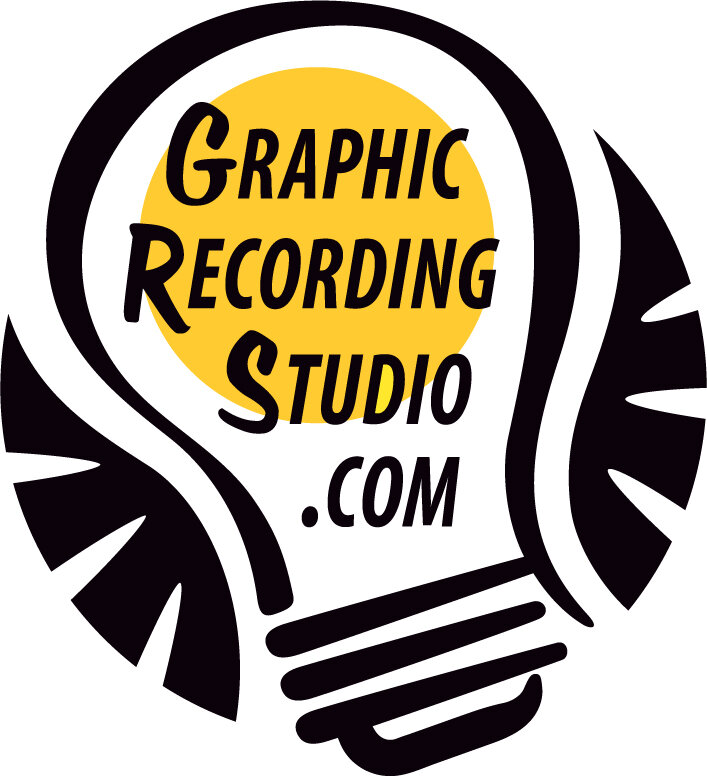Ready to Hire a Graphic Recorder? Remember These Best Practices.
Whether you are a graphic recorder, or you’re considering hiring one for your next meeting or event, this short list of best practices will give you a basic understanding of what to expect.
1. Contracts are key. Send a proposal that outlines clearly the description of services, fees, and estimated expenses. Be clear about materials included in your fee and those that you expect to be reimbursed for. Also include a cancellation policy.
I always suggest that hotel and airfare be master-billed, which is often easier for the client. I also like to include that the finished chart becomes the property of the client. This sentence has swaying power, as the client can anticipate a tangible deliverable.
Once everyone agrees to the proposal, send a contract for both parties to sign. Email and snail mail the signed contract.
2. Do your homework. Graphic recorders should get to know the client before showing up to do the job. Read the client’s website, blogs, YouTube.
Clients can make this process easier by taking the time to talk to the graphic recorder about the company, conference, and goals for the final product. A little time spent on the front end will yield a better end-product.
3. Get it right. Clients should insist that graphic recorders arrive early (the day before the conference is preferable) to review the agenda with the client and get set up to work the next day.
Once on the job:
- Introductions are essential. Be sure the graphic recorder is introduced at the start of the meeting. When they aren’t, they become a distraction. It’s best to let them introduce themselves since they can explain what they do more succinctly than anyone else.
- Expectations must be clear. A good graphic recorder will capture the essential content of a speech and provide something of value to the client. While they do so in a creative way, it’s not about making art—it’s about conveying the message of the conference speaker in a unique way that benefits the audience.
- Flexibility is the name of the game. Being flexible is a must for a graphic recorder. If you are recording a facilitated session, periodically check in with the facilitator to make sure you remain on the same page, and discuss any changes to the agenda that may be taking place on the fly.
4. Say thanks! After a conference that I’ve worked at, I always follow up with a personal thank-you note. For a graphic recorder, this is a nice opportunity to send something personal and hand-drawn.
Why is graphic recording useful at a conference?
It’s the ultimate show-and-tell! It links the words you hear with a synthesis of what they mean, leading to, you guessed it: better retention, engagement, and comprehension.

